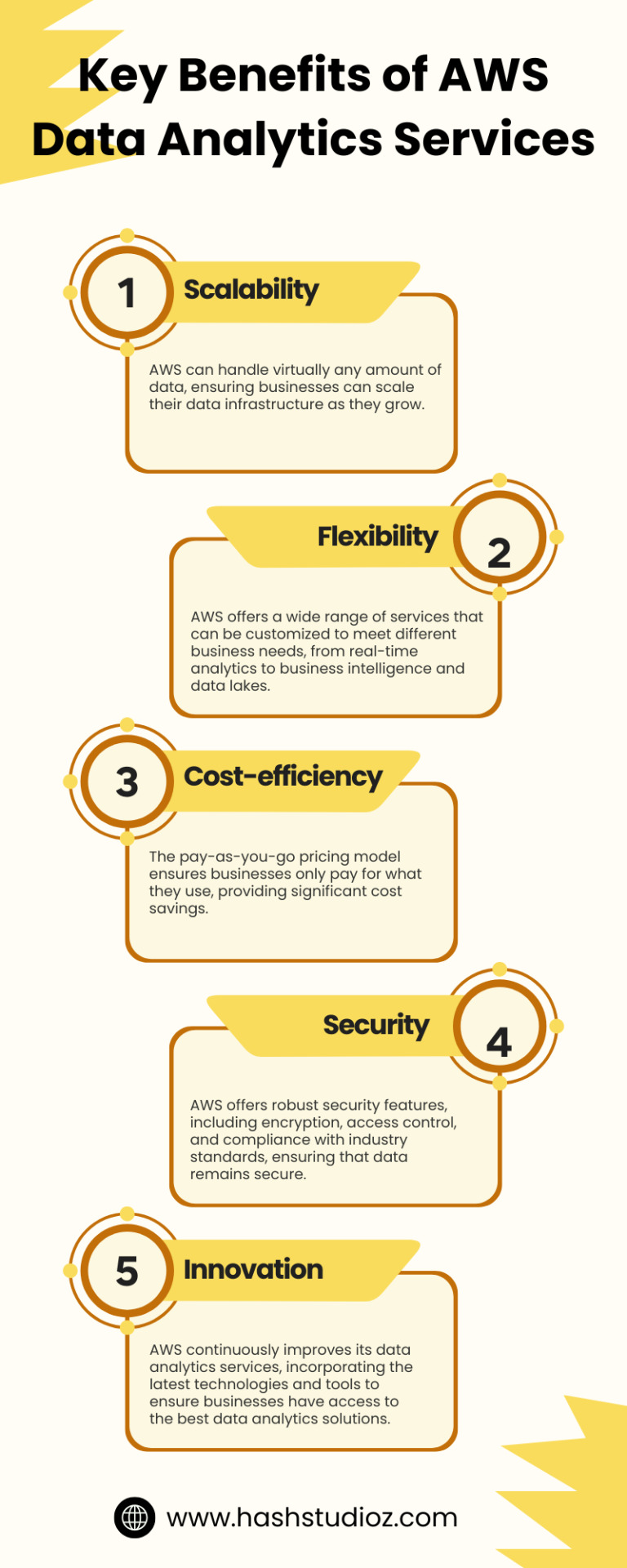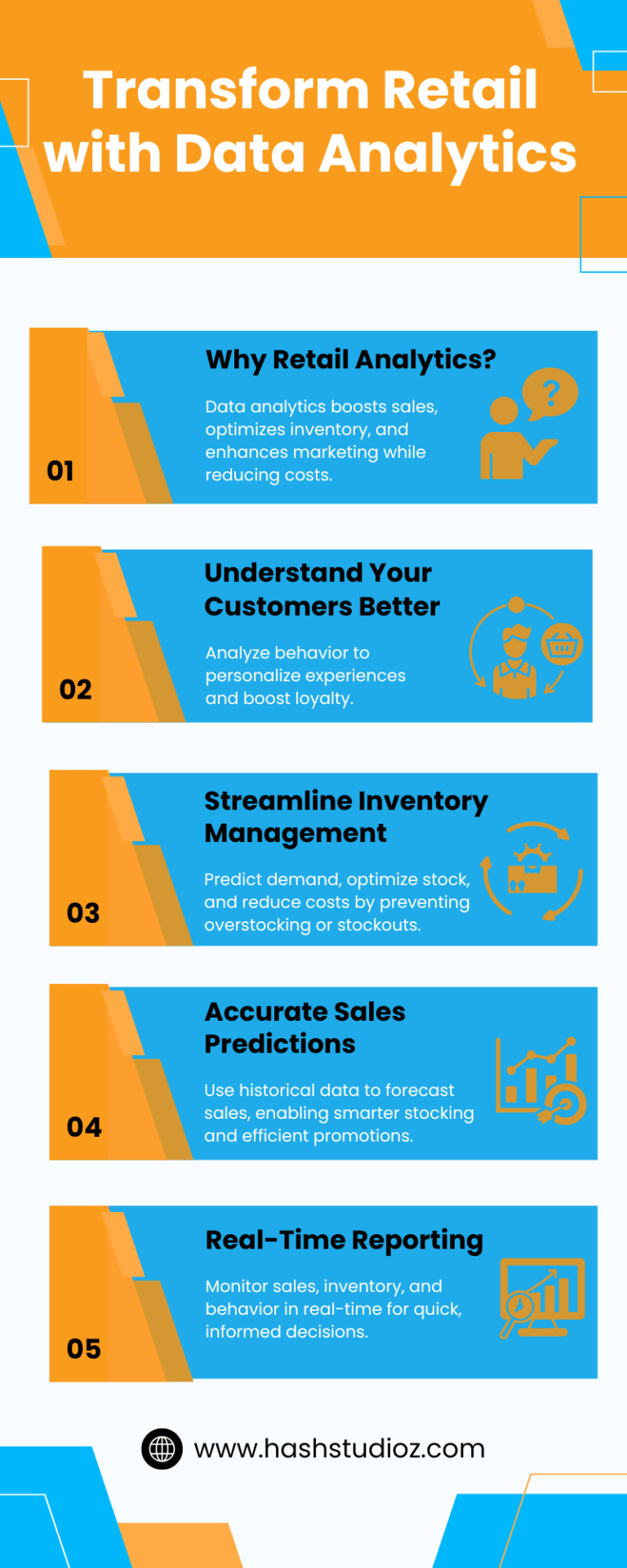Morgon Alex is a Technical Consultant and Content Creator with over 6 years of experience in the technology sector. She is currently a key team member at HashStudioz Technologies, a leading IoT development company that supports startups and enterprises in India and the United States.
Don't wanna be here? Send us removal request.
Text

Explore AWS Data Analytics Services for scalable, secure, and cost-effective solutions. Leverage powerful tools like Amazon Redshift, Athena, and QuickSight to gain insights and make data-driven decisions effortlessly.
0 notes
Text

Partner with a top food delivery app development company to build a feature-rich, user-friendly platform. Enhance your delivery service with real-time tracking, secure payment options, and custom features designed to improve customer experience and drive business growth.
0 notes
Text

Create personalized, user-friendly fitness apps with our expert development services. From workout tracking to health monitoring, we deliver custom solutions that engage users and promote healthier lifestyles, ensuring seamless performance across all devices.
0 notes
Text

Partner with a leading education app development company to create custom, user-friendly apps that enhance learning experiences. Our expert team delivers innovative solutions, from e-learning platforms to student management systems, to transform education for schools and institutions.
0 notes
Text

Enhance your retail business with data analytics services and solutions. Improve customer insights, optimize inventory, and drive smarter marketing strategies with our powerful data-driven tools and expertise.
0 notes
Text

Upgrading to advanced analytics tools, including Microsoft Excel for data analysis, enhances data processing, decision-making, and provides deeper insights. Learn how these tools can improve efficiency, scalability, and support data-driven strategies for your business.
0 notes
Text

Discover the benefits of having a mobile app for your online learning platform. From improved accessibility and user engagement to seamless learning experiences, a mobile app helps enhance the reach and effectiveness of your educational services.
0 notes
Text

Explore the essential components of manufacturing data analytics that help improve production efficiency, reduce costs, and optimize operations. Learn how data collection, processing, and analysis play a crucial role in enhancing decision-making and driving business growth.
0 notes
Text

Looking for a reliable food delivery app development company? Discover how custom-built solutions can enhance your business with features like real-time tracking, secure payments, and user-friendly interfaces. Learn how expert developers can create a seamless, scalable platform tailored to your unique needs and boost customer satisfaction.
0 notes
Text

Explore the best platforms for hiring frontend web developers. From freelancing websites to specialized job boards, discover where to find top talent for your web development projects and build the perfect team for your business.
0 notes
Text

Explore the top benefits of healthcare software development, including enhanced patient care, cost efficiency, better communication, and compliance with regulations. Discover how custom software solutions can transform healthcare delivery.
0 notes
Text

Optimize your business strategies with Power BI analytics services. Get interactive visualizations, real-time insights, and comprehensive reports to make informed, data-driven decisions.
0 notes
Text

Explore custom software solutions tailored for healthcare providers. These solutions streamline operations, improve patient care, and enhance data management, enabling healthcare professionals to deliver better, more efficient services.
0 notes
Text

Discover how Power BI Analytics Services help businesses unlock valuable insights, improve decision-making, and enhance operational efficiency. Learn how these services empower organizations with real-time data visualization, collaboration, and performance optimization.
0 notes
Text

Discover how Data Analytics Consulting Services can unlock valuable insights, enhance decision-making, optimize operations, and provide a competitive edge to your business. Learn how expert consultants can drive growth through data-driven strategies.
0 notes
Text

Partner with a top food delivery app development company to create a seamless, user-friendly app. We specialize in building scalable and feature-rich solutions that enhance customer experience and drive business growth in the food delivery industry.
0 notes
Text

Partner with our expert education app development company to create custom mobile apps that enhance learning experiences and drive educational success.
0 notes